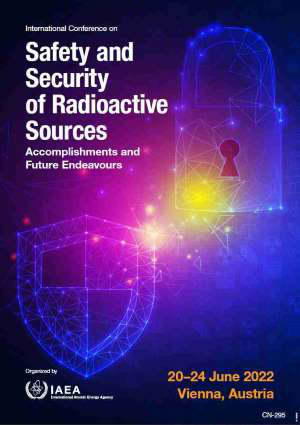Speaker
Description
The need for storage containers for radioactive waste is increasing along with the increasing use of radioactive sources in various fields, both industrial and medical. A shielding material is needed to keep the radiation exposure as small as possible so as not to harm living things. There are several choices of materials as radiation shields for storage containers, one of them are depleted uranium.
This study aims to analyze the relationship between the rate of exposure on the surface of the package to the thickness of the radiation shield of the radioactive waste storage container of teletheraphy source. The reference material used as a radiation shield is depleted uranium. This analysis was performed using MCNPX software version 2.7.E. which has been licensed by Department of Nuclear Engineering and Engineering Physics, Gadjah Mada University. The results obtained are compared with simulation results using other materials such as tungsten and lead.
Based on the simulation results, it is known that the use of depleted uranium as a radiation shield for storage requires a smaller thickness than tungsten and lead. This value is based on assuming the activities contained have the same value for each simulation. This value is considered safe because the exposure rate on the surface of the container is still below the requirements written in the Perka BAPETEN which stipulates the maximum exposure rate on the container is 5 μSv/hour or 0.5 mrem/hour for activities below 3000 Ci.
| Country OR Intl. Organization | Indonesia |
|---|

